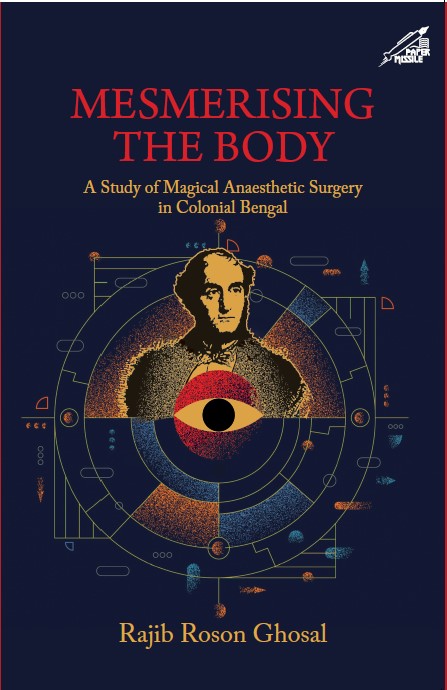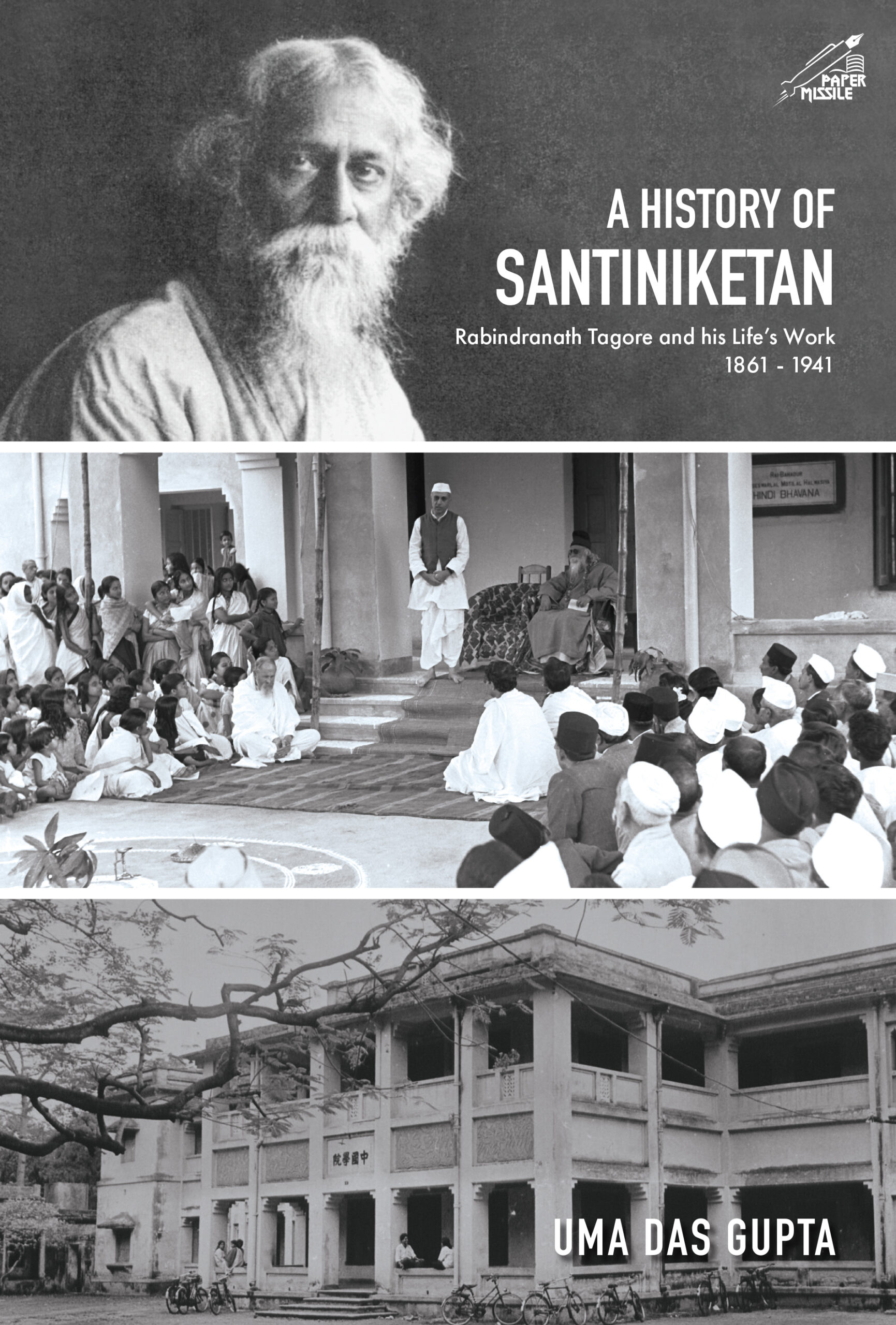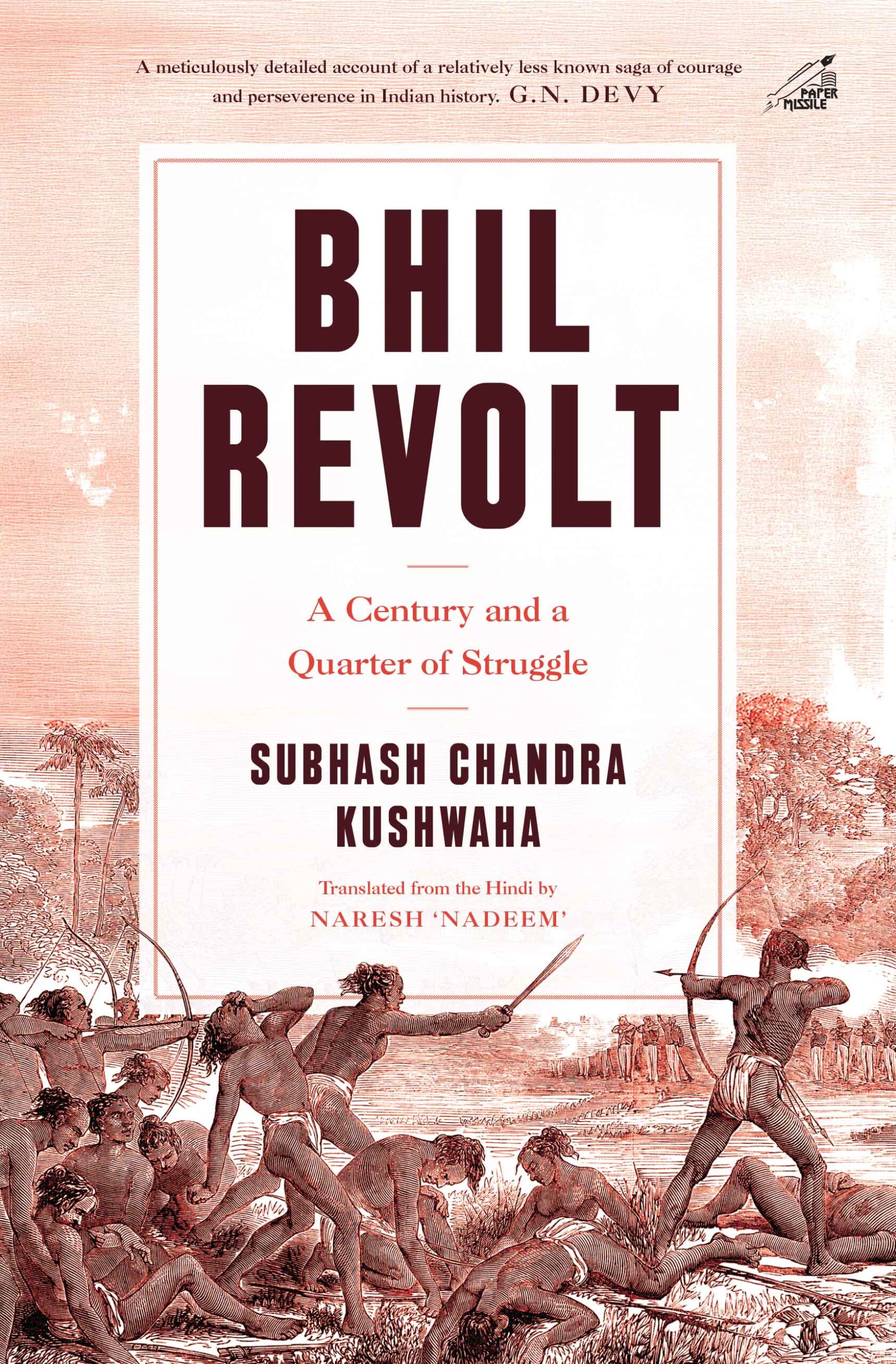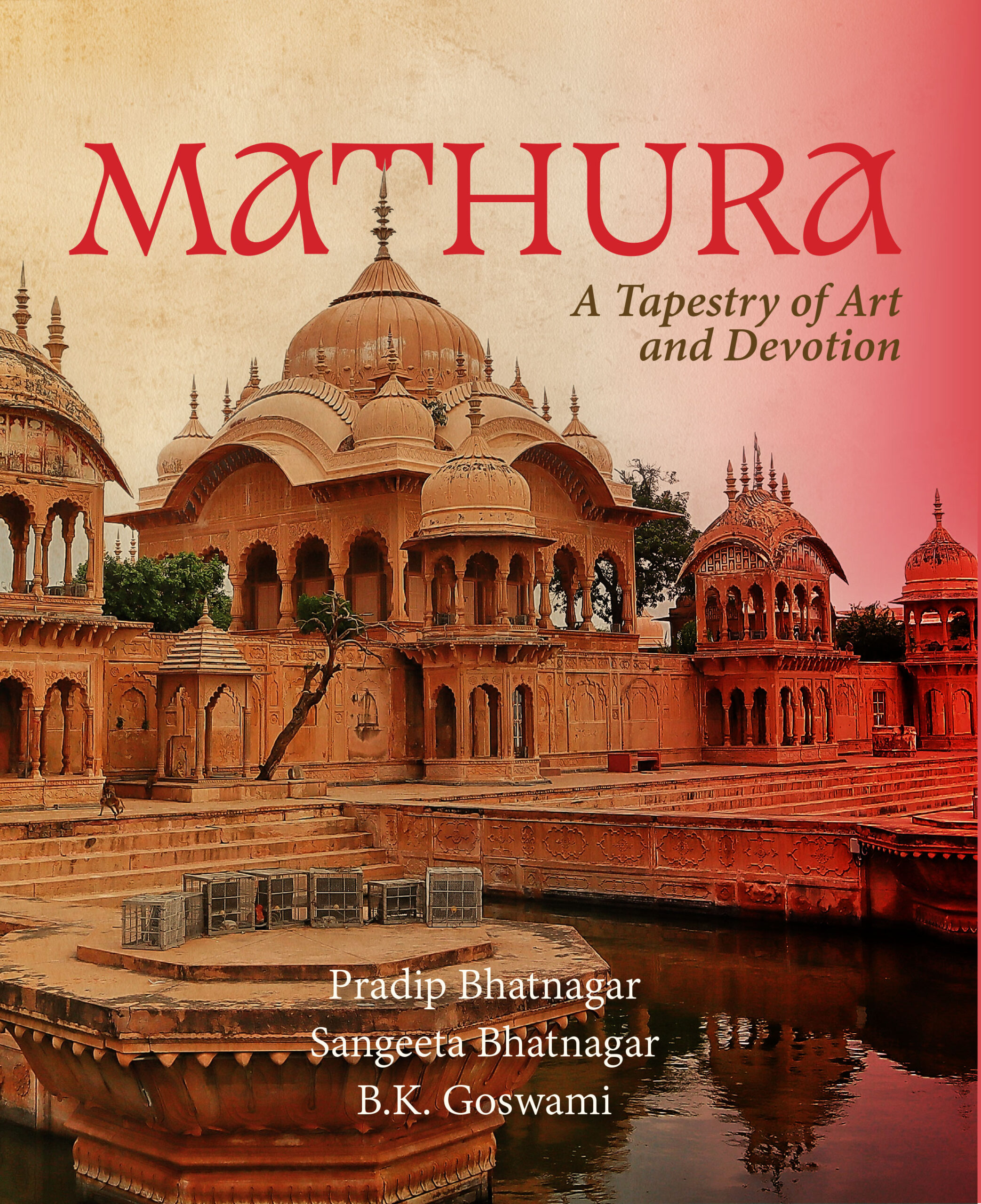Sign up and get notified with new article for free!

Book
Dilli's Red Fort By the Yamuna

Dilli's Red Fort By the Yamuna
Dilli’s Red Fort: By the Yamuna presents the story of the imposing Fort in red sandstone built by the Mughal emperor Shahjahan (1628-58). Originally known as Qila-i-Mubarak—the Fortunate or Auspicious Citadel—its construction began in April 1639 and was completed in 1648. In 1659-60 Shahjahan’s son and successor Aurangzeb built the Moti Masjid (Pearl Mosque), while in 1809, Akbar II added a balcony projecting from the central side of the Mussaman Burj. The Moti Mahal, the Hira Mahal and the Zafar Mahal were added by the last Mughal emperor, Bahadur Shah Zafar. A lieu replete with history, ‘mutineers’ defended the Fort fiercely against the British during the 1857 uprising. In the aftermath, the British demolished many structures within the Fort replacing them with barracks. Under the British, the Fort also doubled up as a criminal court. The first trial held here was that of Bahadur Shah Zafar, charged for treason by the British for his involvement in the 1857 uprising. The historic 1945 trial of the INA soldiers was also held at the Red Fort. Two years later, on 15 August 1947, when Pandit Jawaharlal Nehru unfurled independent India’s flag from the Fort’s ramparts, the Red Fort, a monument that had recorded some watershed moments of the anti-colonial struggle, became India’s lasting symbol of Independence. On 28 June 2007, the Red Fort was declared a World Heritage Site.
|






